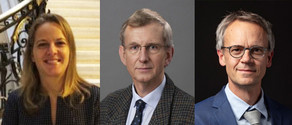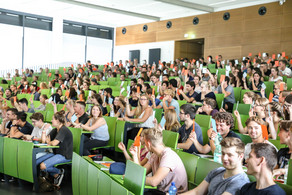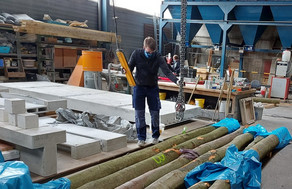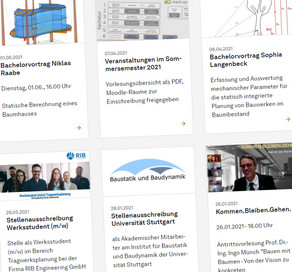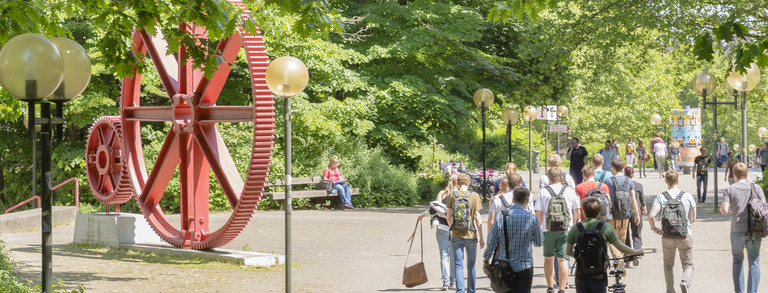Exploring the load-bearing behavior of wood virtually and in real life
Foundation for Innovation in University Teaching, Freiraum 2025, project number: 3003-1248
Duration: 01.04.2025 to 31.03.2027
The building sciences communicate conservation goals and sustainability measures to overcome local and global challenges in the creation and preservation of our civilization. The sensible use of wood makes an important contribution here, as wood products store carbon and improve the balance of gray emissions in construction.
To raise awareness of building with wood, its genesis and thus the natural load-bearing and growth behavior of trees as well as their resilience to adverse or damaging events are presented in a learning path. If elements of the tree structure are overloaded, damage and repair mechanisms can be observed. The latter are based on growth and mechanical principles which, in terms of bionics, point to technical reinforcement measures for the construction industry, among other things. In order to develop an awareness and expertise for sustainable construction with wood, real and virtual learning paths will present associated phenomena and in-depth knowledge of the tree as a wood-generating living being. The reference to wood as a building material and its technical properties will also be conveyed.
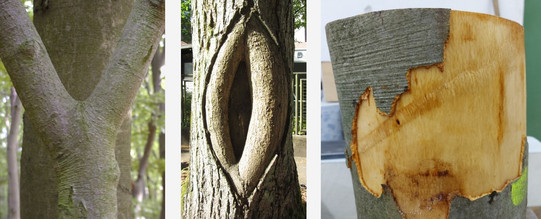
To this end, a VR-supported learning path will be set up, which explains the genesis of wood, survival strategies in the event of damage and the most important European tree species by means of characteristics such as morphology, wood properties, etc.. Furthermore, special features in the processing of these woods and their constructive use for technical structures are integrated. One example is the effect of residual growth stress in the technical processing of wood, which is revealed during sawing or drying. The technical counterpart of prestressing is also addressed and illustrated with practical examples using wood.
The intended learning outcomes are that students will be able to describe the properties of trees and their wood matrix, take these into account in planning and transfer mechanical principles to other areas of construction science.
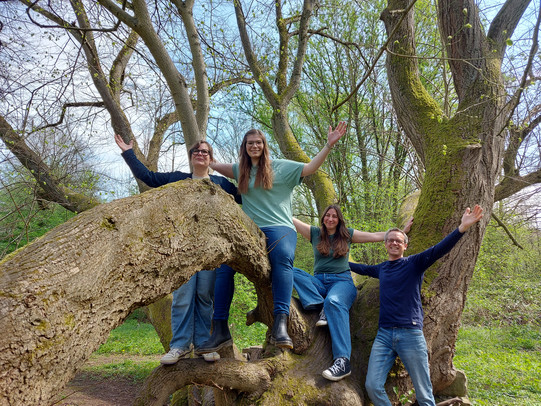
The project team is made up of staff from the Chair of Statics and Dynamics and the Department of University Didactics:
- Katharina Schaube
- Kim Carina Hebben
- Markus Behlau
- Dr.-Ing. Simon Loske
- Dr. Katrin Stolz
- Prof. Dr.-Ing. Ingo Münch

